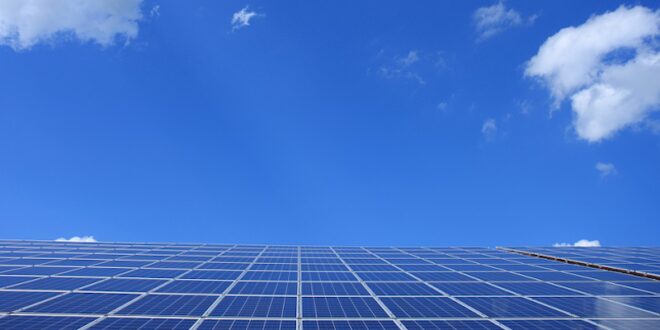State-owned enterprises (SOEs) in Asia are in a unique position to take a leading role to shift economic activity from polluting to green. Yet so far, most SOEs have underutilised green financial instruments, such as green bonds, to support this transition. This leaves ample room for growth which could spur further investments in innovative and green technologies, support development of green capital markets and reduce the risks of climate change.
Given Asian countries’ commitment to accelerate their energy transition to meet ambitious carbon reduction targets, SOEs — including their regulators and owners — urgently need to transform their business operations. SOEs have a monopoly in energy generation and transmission in many Asian countries, and account for about 60 per cent of infrastructure investments and up to 70 per cent of fossil fuel-related and energy transition investments.
With these assets in incumbent sectors, SOEs globally ‘are responsible for at least 7.49 gigatons of carbon dioxide equivalent annually in direct (Scope 1) emissions … with the true scale of SOE-related emissions likely to be substantially higher’, according to a Preliminary Inventory published by the Centre on Global Energy Policy (2022). This is equivalent to at least 15 per cent of direct global greenhouse emissions. In addition to these Scope 1 emissions — direct emissions from the combustion of fossil fuels — SOEs also play an important role in the extraction of fossil fuels, while state-owned financial institutions hold significant assets in high-emitting sectors.
Shifting SOEs from brown to green energy will require investing billions. Money is needed to increase overall electricity production and to shift existing assets by retiring coal-fired power plants early — all while ensuring public service provision and providing much needed employment. In 2017 the Asian Development Bank reported that developing Asia alone would require an estimated US$26 trillion just in infrastructure finance during 2016–2030 ‘to maintain its growth momentum, tackle poverty, and respond to climate change’, particularly in sectors that are driving climate emissions.
Besides moving electricity generation from fossil fuels to green energy, massive investments are needed in the transport sector to support green and public transport, and in the agriculture sector to switch from land-intense practices to more efficient options and plant-based food supplies.
With government financing strained — not least due to global sovereign debt issues in the wake of the COVID-19 pandemic — SOEs must evaluate how to quickly raise the required funds from different sources, including local and global capital markets. Luckily, SOEs have a sustainable finance toolbox at their disposal.
One such financial instrument that has gained much attention are green bonds. The use of green bonds is flourishing due to widespread development of green bond standards and green bond markets. In much of Asia, the ASEAN green bond standards have become the norm, while countries like China have developed their green bond catalogue of 2016 (renewed in 2020) and Indonesia has issued its Green Finance Taxonomy earlier in 2022. This has allowed the green bond market in developing Asian countries to grow to US$94.2 billion of issuances in 2021.
Despite their central role for the green transition, SOEs in developing Asian countries play only a minor role in the green bond markets with one exception. China’s SOEs have issued about US$217 billion in green bonds between 2015 and March 2022. This is equal to about 42 per cent of China’s total green bond market compared to 18 per cent for developing Asian countries. For Asian SOEs, this leaves much room for growth in green bond issuances.
The further utilisation of green bonds by Asian SOEs would come with four direct benefits. First, unlike public debt, commercial or non-sovereign borrowing does not expand already overstretched public coffers.
Second, accessing capital markets can drive SOE efficiency as it requires financial sustainability and acceptable levels of transparency. Some governments may also welcome the resulting capital market supervision to improve the corporate governance of their SOEs.
Third, SOEs’ green investments will lead to more demand for green technologies, such as new energy networks, which in turn support private businesses. This leads to new employment, often in higher value-adding sectors.
And finally, the issuance of SOE green bonds can also accelerate local green bond market development. By utilising local capital markets to raise funds, SOE financing can attract moore international investors, who often lament lacking project pipelines and high-risk investment in emerging markets. SOEs can provide both more projects and lower risk projects. SOE green bond issuances would further support capacity building for local investors and verifiers and could spur further investments in the private sector.
To make SOEs more bankable and accelerate the utilisation of green bonds, SOEs need to develop proper governance systems vis-a-vis their government owners that allow them to raise funds from capital markets. They must also establish a credible green strategy and capacity to attract investors along with relevant monitoring, reporting and verification capacity to provide information on procedures, or the impact of the sustainable-linked instrument, to investors.
While green bonds are not without risks, and SOEs need to build relevant capacity to issue them, their expansive use has the potential to accelerate the much-needed green transition of Asian economies.
 Eurasia Press & News
Eurasia Press & News


